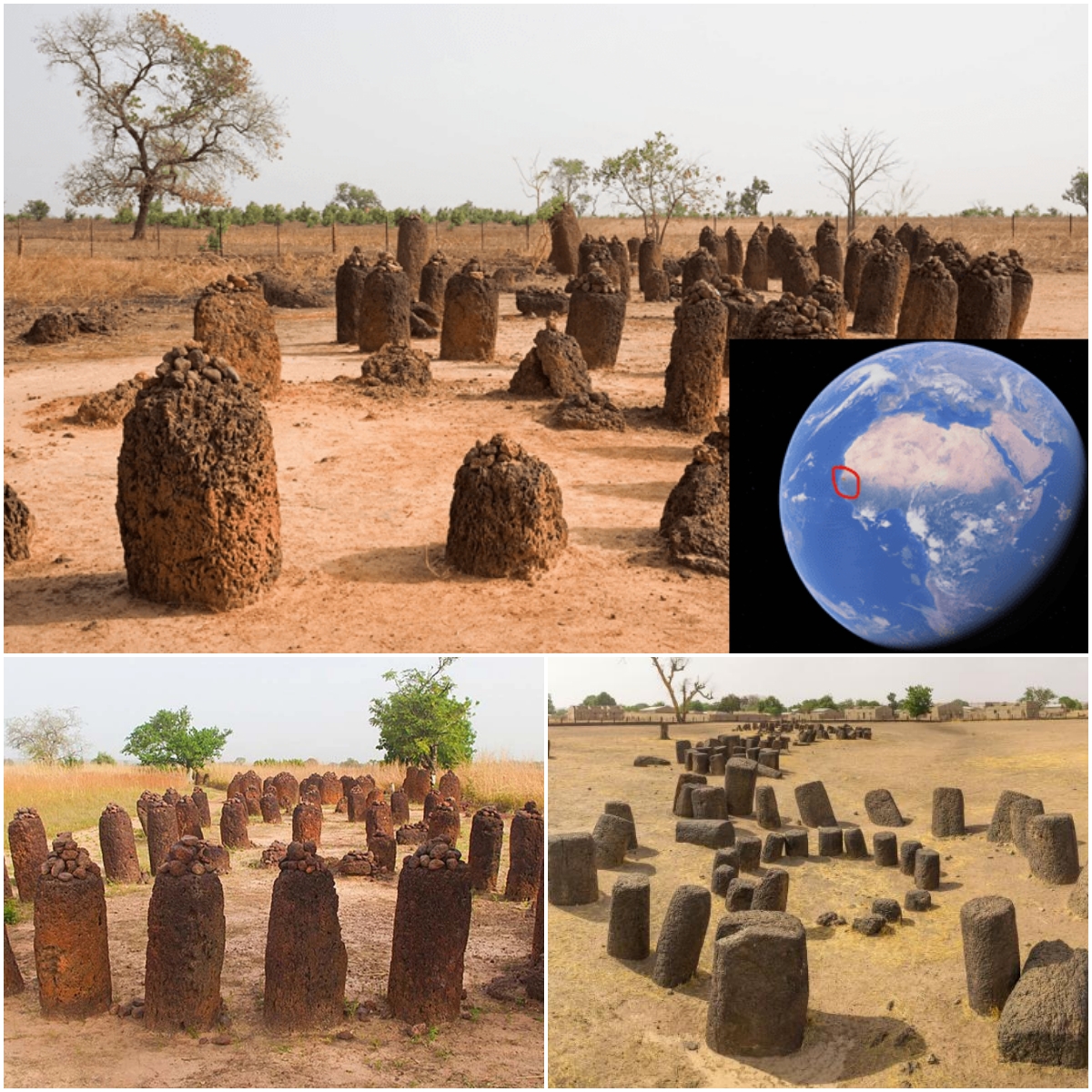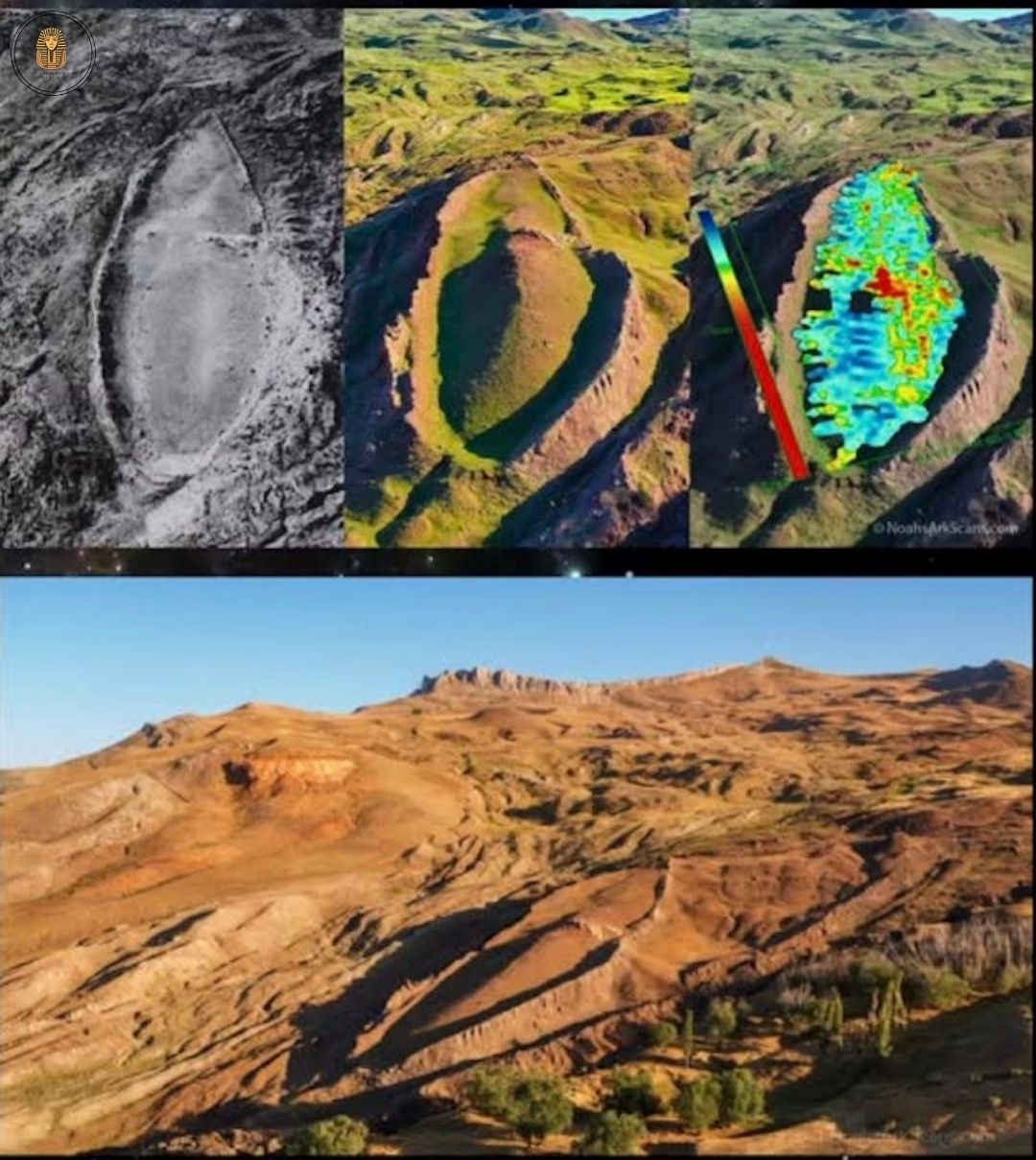Egypt’s Black Pyramid: A Sunlit Stone’s Divine Link
The ancient pyramids of Egypt were crowned with a notable piece known as a pyramidion. This small pyramid-shaped stone was placed at the apex of these monumental structures, symbolizing the connection between the earthly and the divine. It represented the meeting point between heaven and earth, where the solar god Ra or Amun-Ra was believed to reside, embodying the life-giving power of the sun and its eternal cycle.
The pyramidion was often covered in gold leaf or a reflective metallic coating to catch sunlight, creating a dazzling effect visible from great distances. These reflective surfaces not only emphasized the divine connection, but also highlighted the grandeur of the pharaoh’s tomb. They were often inscribed with royal titles, prayers, and religious symbols, reinforcing the king’s spiritual and political authority.

One of the most significant pyramidions preserved belongs to the Black Pyramid of Dahshur, built during the reign of Amenemhat III in the Middle Kingdom, around 1850 BC. This pyramidion, carved from a single block of black basalt, weighs 4.5 tons and is largely intact, except for one broken corner. With a height of 1.40 meters and a base of 1.85 meters in length, it displays detailed inscriptions celebrating the pharaoh and his connection with the gods.

Today, the pyramidion of Amenemhat III is on display in the main hall of the Egyptian Museum in Cairo, along with three other pyramidions. Its preservation offers valuable information about the art and religious practices of ancient Egypt. Unlike many others that were lost throughout history due to looting or destruction, this pyramidion serves as a direct link to the ingenious architecture and spiritual devotion of the Egyptians.

Through these stones, the ancient Egyptians expressed their reverence for the cosmos and their gods, leaving a legacy of deep spiritual and cultural significance. The pyramidions remain enduring symbols of their quest to unite the earthly with the divine, marking the pinnacle of one of humanity’s most extraordinary civilizations.






